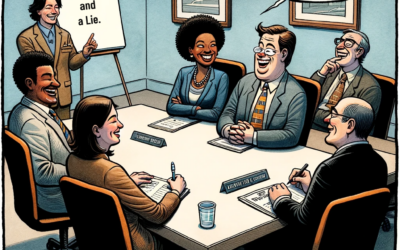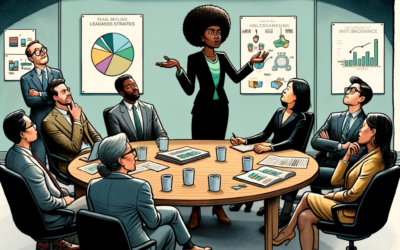When do assumptions turn into limiting beliefs?
An assumption is something that we take for granted–a foregone conclusion, if you will. Life experience and past knowledge of an outcome lead us to make assumptions. We assume that if “A” happens then “B” will occur; it has to because it has happened in the past. This is our bias. It comes from a deeply entrenched belief system that we develop throughout our life. We don’t typically hold assumptions as strongly as we hold beliefs, but the longer we hold assumptions without being disproved, the more likely they are to turn into beliefs.
In the two previous posts, we looked at our limiting beliefs (what we say when we talk to ourselves) and how we make judgments (form opinions). Let’s look at a few examples of assumptions that were entrenched then shattered.
The track-and-field goal of a 4-minute mile was elusive to many great athletes. It was assumed (past experience fueling that assumption and creating bias in some and belief in others) that a human could not run a mile in less than four minutes. Roger Bannister assumed that the sub-four-minute mile was within reach. On May 6, 1954, he broke through the barrier and the rest is history.
Here is another assumption: Engineers assumed that, due to shock waves and high-speed buffeting, an aircraft couldn’t exceed the speed of sound without being torn apart. It was really a self-imposed limit. We simply didn’t have a firm understanding of the dynamics of hypersonic flight. On October 14, 1947, Chuck Yeager broke the sound barrier in level flight in the Bell X-1. Again, the rest is history.
Our assumptions have a dramatic affect on how we approach business and personal decisions. What assumptions have you made recently? What assumptions have turned into limiting beliefs? What assumptions should you test or revise? How might changing your assumptions create opportunities for you, personally or professionally? Roger Bannister, Chuck Yeager, and a host of others did not believe in the barriers set by others that went before them. They made other assumptions. How about you?
This is the third post in a four part series. The next post will address those little voices in our heads that continue to lead us into, or out of, trouble.



